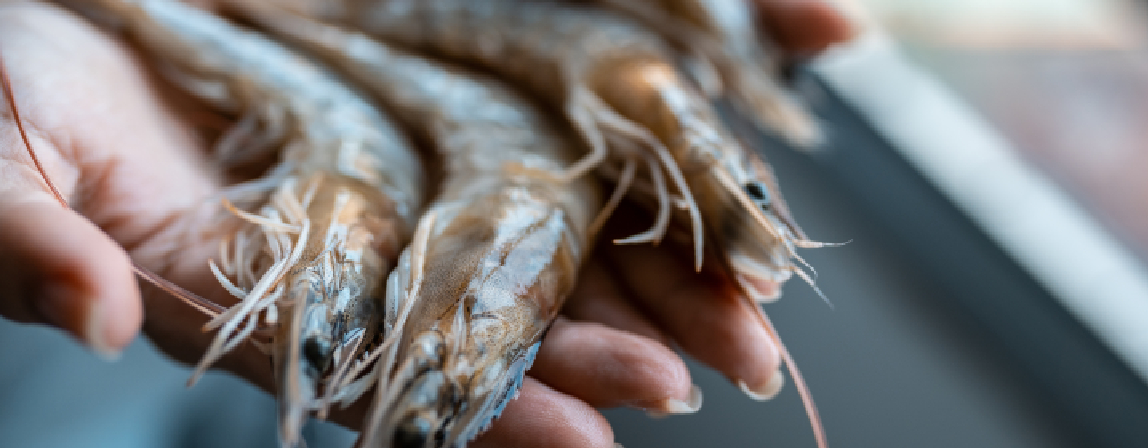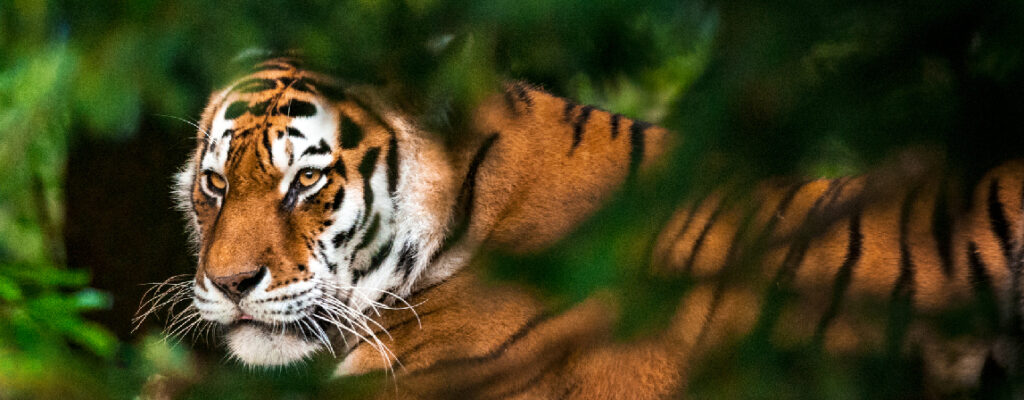Editorial Posted on 2023-12-12 11:39:32
The Global Seafood Revolution
Keywords
Authors
George Chamberlain, Global Aquaculture Alliance
The designations and denominations employed and the presentation of the material in this article do not imply the expression of any opinion whatsoever on the part of WOAH concerning the legal status of any country, territory, city or area or of its authorities, or concerning the delimitation of its frontiers and boundaries.
The views expressed in this article are solely the responsibility of the author(s). The mention of specific companies or products of manufacturers, whether or not these have been patented, does not imply that these have been endorsed or recommended by WOAH in preference to others of a similar nature that are not mentioned.
Global food production systems
Global food production systems are one of the largest drivers of climate change, accounting for 21–37% of total net anthropogenic greenhouse gas emissions [3]. They are also a major cause of biodiversity loss and environmental degradation. By the year 2050, the world population is expected to reach 9.8 billion and food demand to increase by 50%. Current food production systems cannot be scaled to meet future demand without exacerbating environmental issues.
The EAT Lancet Commission evaluated the health benefits and environmental costs of various food groups [4]. To stay within planetary boundaries, it recommended a shift toward largely plant-based diets, a reduction in beef, poultry, pork and eggs, and an increase in seafood. In short, food production will be a defining issue of the 21st century, and aquaculture has a crucial role to play.
Aquaculture challenges
For aquaculture to meet the global demand for seafood without exacerbating environmental impacts will require: a) improved control to reduce disease risks and environmental impact; b) improved efficiency to produce more with less land, less energy, less water, feed and labour; and c) improved trust to achieve market acceptance. These challenges will require advances at each step in the production chain.
Animal health is a prerequisite for advances in production. Improved disease control is being achieved by more sensitive and rapid diagnostics, improved biosecurity, better vaccines, probiotics, and bacteriophages. Fish welfare is also improving, with new techniques for humane slaughter and stress reduction. WOAH can advance progress by facilitating closer collaboration between governmental zone management systems and industry biosecurity programmes at the regional and farm level.
Breeding is one of the key drivers of performance in aquaculture. Typical gains of 10–15% per generation can be achieved for selected traits such as growth, multi-pathogen resistance, reproductive performance, and dietary soy tolerance. These gains are increasing with genomic selection and will likely improve further if gene editing becomes accepted.
Feeds are the single largest contributor to greenhouse gas emissions in animal production. Reducing emissions associated with feed ingredients will be crucial through improved farming practices, such as carbon farming to sequester CO2. At the aquaculture farm level, feed efficiency is being greatly improved through more sophisticated delivery systems.
Innovations and certifications
Fascinating innovations are occurring in grow-out systems, including open-ocean platforms, land-based recirculating aquaculture systems, semi-closed net-pen systems, and intensive, self-cleaning ponds. Effluent wastes are being captured through re-use systems, integrated multi-trophic aquaculture, and the use of artificial wetlands. Seafood processing is also being transformed through automation, mechanisation and digital traceability.
Third-party certification has become a mainstream tool for market acceptance by providing credible assurances of environmental, social, food safety and animal welfare compliance. The next challenge is to extend these assurance programmes to smallholder farms through clusters and improvement programmes.
Key message
Food production will be a defining issue of the 21st century and aquaculture has a vital role to play. Innovation is needed at every step of the value chain. WOAH can advance progress in animal health by facilitating closer hierarchical collaboration between governmental zone management systems and industry biosecurity programmes at the regional and farm level.
https://doi.org/10.20506/bull.2023.2.3404
References
- Food and Agriculture Organization of the United Nations (FAO) (2020). – The state of world fisheries and aquaculture. Sustainability in action.
- Kobayashi M., Msangi S., Batka M., Vannuccini S., Dey M.M. & Anderson J.L. (2015). – Fish to 2030: The role and opportunity for aquaculture. Aquacult. Econ. Manag., 19 (3), 282–300. https://doi.org/10.1080/13657305.2015.994240.
- Intergovernmental Panel on Climate Change (IPCC) (2019). – Climate change and land. An IPCC special report on climate change, desertification, land degradation, sustainable land management, food security, and greenhouse gas fluxes in terrestrial ecosystems [P.R. Shukla, J. Skea, E. Calvo Buendia, V. Masson-Delmotte, H.-O. Pörtner, D. C. Roberts, P. Zhai, R. Slade, S. Connors, R. van Diemen, M. Ferrat, E. Haughey, S. Luz, S. Neogi, M. Pathak, J. Petzold, J. Portugal Pereira, P. Vyas, E. Huntley, K. Kissick, M. Belkacemi & J. Malley, (eds.)].
- Willett W., Rockström, J. Loken B., Springmann M., Lang T., Vermeulen S., Garnett T., Tilman D., DeClerck F., Wood A., Jonell M., Clark M., Gordon L.J., Fanzo J., Hawkes C., Zurayk R., Rivera J.A., De Vries W., Sibanda L.M., Afshin A., Chaudhary A., Herrero M., Agustina R., Branca F., Lartey A., Fan S., Crona B., Fox E., Bignet V., Troell M., Lindahl T., Singh S., Cornell S.E., Reddy K.S., Narain S., Nishtar S. & Murray C.J.L. (2019). – Food in the Anthropocene: the EAT–Lancet Commission on healthy diets from sustainable food systems. https://doi.org/10.1016/S0140-6736(18)31788-4, https://ec.europa.eu/knowledge4policy/publication/summary-report-eat-lancet-commission_en










